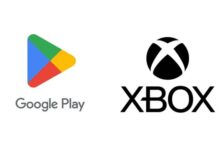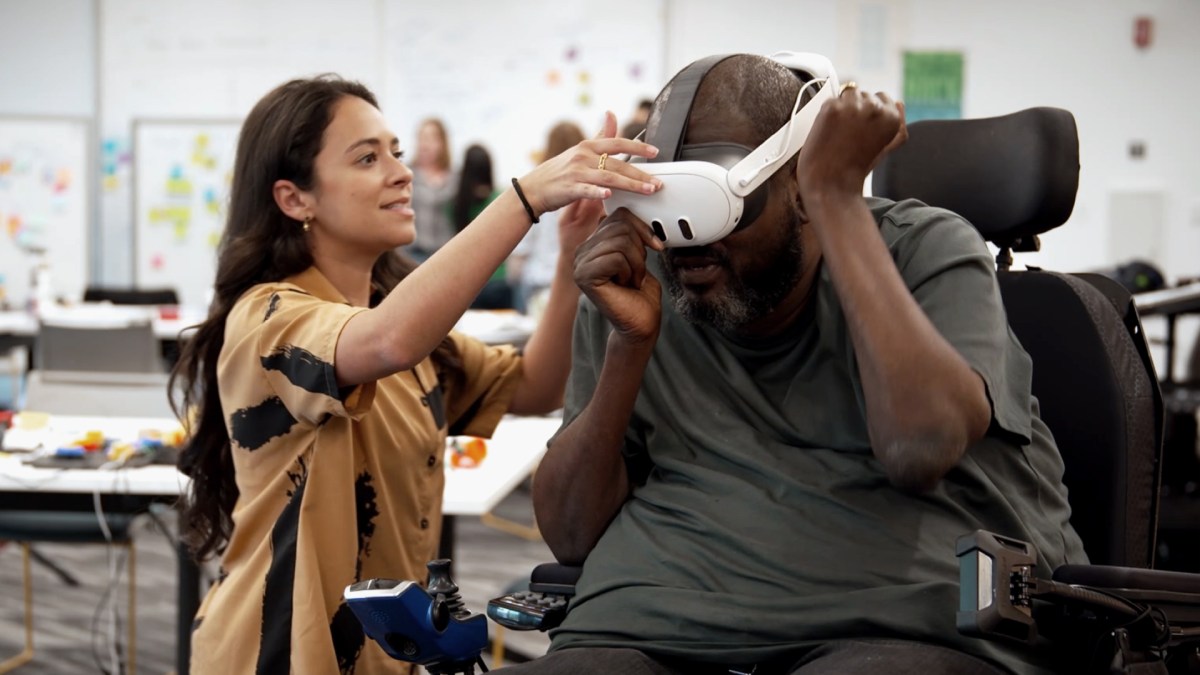Enhancing Accessibility in Mixed Reality Through Community Collaboration
In the ever-evolving world of technology, ensuring that products are accessible to everyone is a crucial goal. Recognizing this, our team has recently embarked on a significant initiative to enhance the accessibility of mixed reality (MR) technology by engaging directly with people with disabilities and accessibility advocates. By co-designing solutions with these communities, we aim to create products that are not only more inclusive but also more effective and beneficial for all users.
The Importance of Co-Design
1. Grounding Design in Real-Life User Experiences
Co-designing with diverse communities allows us to anchor our design process in the real-life experiences of users. This approach helps us test our design assumptions and prioritize solving real user needs. By involving people who will actually use the products, we gain invaluable insights that drive more practical and user-friendly innovations. This hands-on involvement ensures that our products are not just theoretical solutions but practical tools that cater to everyday challenges faced by users.
2. Benefiting Everyone by Centering Underserved Communities
One of the core principles of our co-design efforts is the "curb cutting" effect. This term originates from the curb cuts on sidewalks, which were initially designed for wheelchair users but ended up benefiting a broader range of people, including parents with strollers, cyclists, and pedestrians. Similarly, by designing mixed reality technology with input from people with disabilities and accessibility advocates, we can create solutions that have wide-ranging benefits. This inclusive approach ensures that the products we develop are not only accessible to those with disabilities but also enhance the experience for all users.
3. Building Trust and Community
Co-design is not just about creating better products; it’s about building strong, trust-based relationships with the communities we serve. By engaging with diverse groups, we foster mutual respect and trust, which are essential for developing technology that truly meets the needs of all users. This collaborative approach helps us create products that are more widely accepted and trusted by users who have often been overlooked by technological advancements.
The Real-World Impact of Co-Design
Our commitment to co-design has already started to yield significant benefits. By involving accessibility advocates and people with disabilities early in the development process, we have been able to create more inclusive and user-friendly mixed reality experiences. This collaborative effort not only drives better product outcomes but also unlocks new possibilities for innovation.
For instance, one of our recent projects involved working with a group of visually impaired users to develop a mixed reality application that provides audio cues and haptic feedback to enhance navigation and interaction within virtual environments. This application, initially designed to assist those with visual impairments, has also proven beneficial for users in low-light conditions or those who prefer non-visual interactions.
The Road Ahead: Making Mixed Reality More Inclusive
While we have made significant strides, we acknowledge that there is still much work to be done to make mixed reality truly inclusive. Establishing and iterating on new industry standards is a continuous process, and we are committed to pushing the boundaries of what is possible in this field.
Our dedication to co-designing solutions with historically underserved communities is unwavering. By involving these communities earlier in the development process, we can ensure that our products are designed with inclusivity at their core. This approach not only benefits those who have traditionally been overlooked but also enhances the overall user experience for everyone.
We believe that collaboration is key to achieving greater things. By working together with the communities we serve, we can create a more inclusive and accessible future for mixed reality technology.
Good to Know: The Broader Implications of Inclusive Design
Inclusive design is not just a moral imperative; it also makes good business sense. Products that are accessible to a broader range of users tend to perform better in the market. By prioritizing inclusivity, companies can tap into a larger customer base and foster greater brand loyalty.
Moreover, the principles of inclusive design can be applied beyond mixed reality technology. For example, the development of voice-activated assistants and smart home devices has greatly benefited from insights gained through co-design with people with disabilities. These technologies, initially designed to assist those with mobility or visual impairments, are now widely used by people of all abilities, demonstrating the universal value of inclusive design.
Industry Reactions and Reviews
The tech industry has taken note of our co-design efforts, with many experts praising the initiative as a significant step towards more inclusive technology. Industry reviews highlight the practical benefits of our co-designed products, noting that they offer enhanced usability and accessibility for a wide range of users.
Accessibility advocates have also lauded our approach, emphasizing the importance of involving people with disabilities in the design process. By giving these communities a voice, we are not only creating better products but also fostering a more inclusive and equitable tech industry.
Conclusion
Our commitment to enhancing the accessibility of mixed reality technology through co-design is a testament to our belief that the best products are built by working with the communities we serve. By prioritizing real-life user experiences, centering the needs of underserved communities, and building trust-based relationships, we are creating products that drive universal value.
As we continue to collaborate with accessibility advocates and people with disabilities, we are confident that we can make mixed reality more inclusive and beneficial for everyone. Together, we can unlock new possibilities and create a future where technology serves all users, regardless of their abilities.
Stay tuned for more updates on our co-design initiatives and the exciting innovations that result from our collaborative efforts. Your feedback and participation are invaluable as we strive to make mixed reality technology accessible to all.
For more Information, Refer to this article.



































